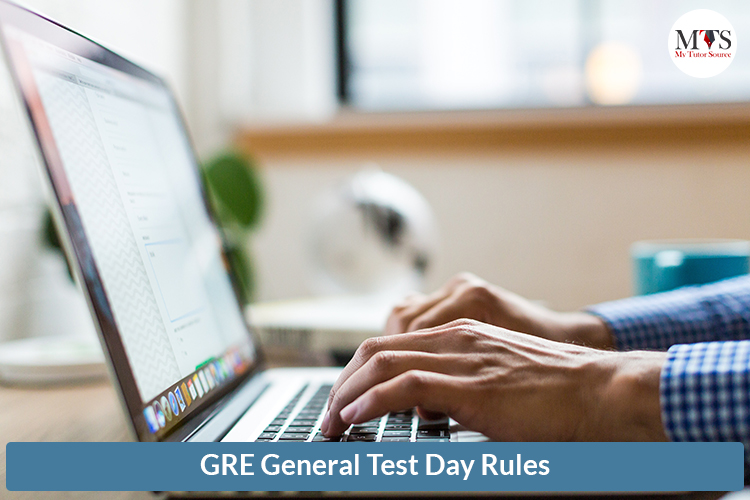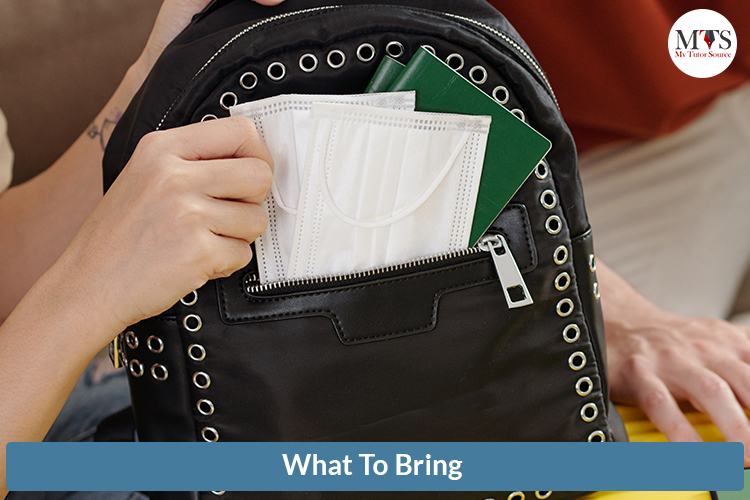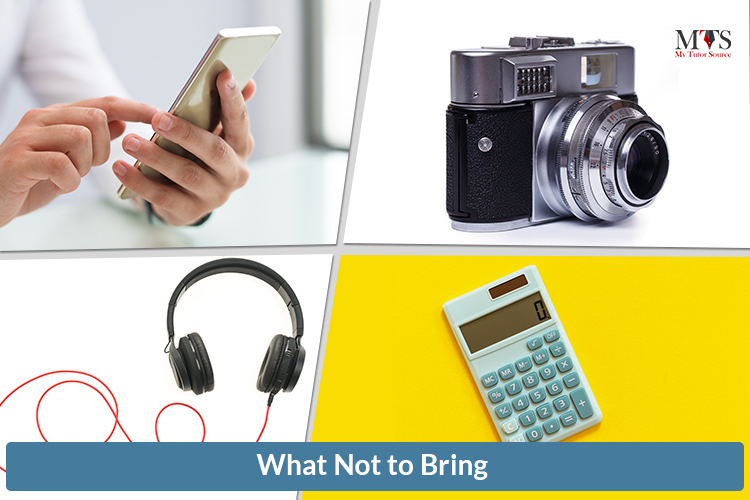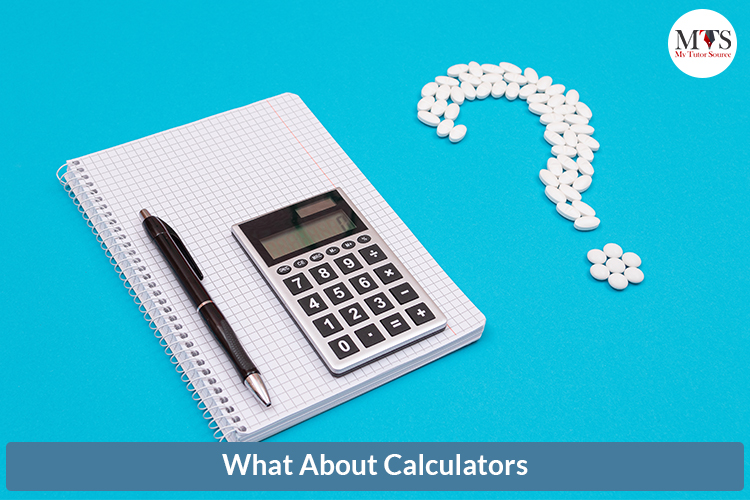

Our GRE experts hear many of the same questions in different ways, and most of them are about GRE math sections and Calculator. The quantitative sections of GRE have many questions, and not all questions can be answered without a calculator. So, while preparing for the GRE, almost all students ask questions like ‘can I use a calculator during GRE?’, ‘can I bring a calculator to GRE?’ or ‘will I get a calculator on GRE test day?’.
Before applying for the GRE, students get curious about the quantitative section and how long it takes to become familiar with the keyboard’s keys for the test, what to bring on testing day, and many other things. After considering each student’s queries, we, My Tutor Source, have gathered information from GRE experts and wrote the following general test day rules for you. Give it a read and learn your answers regarding GRE day.
All students must bring their valid and acceptable identification to the test centers. Your identification can be verified from any card like a Government-issued document, driver’s license, or passport. The identification document’s name must match the name and surname you register in GRE. The second thing you must bring along is the mask. Students without a mask will not be allowed to enter the testing center. Covering the face with medical and cloth masks is permitted only. Some students wear rubber gloves during the test; it’s your call.
In short, without an original, valid, or acceptable identification card or document, students will not be allowed into the test centers.

GRE test centers assign lockers to each student to store their personal items before entering the testing room. The list of things you should not bring along is mobile phones, tablets, cameras, scanning or listening devices, and any wearable technology gadgets. Students wearing heavy jewelry accessories are also not allowed. You must store your accessories and electronic devices before sitting for an exam; otherwise, you will not be permitted to take the test. However, wearing wedding and engagement rings is allowed.

GRE quantitative reasoning section’s questions are tricky, and a few of them cannot be solved without a calculator. Still, students are not allowed to bring any calculating device into the testing room. All students have to use an on-screen calculator. So, can you use a calculator on the GRE? Yes. Do you have to bring your calculator to the GRE? No.
Furthermore, we advise you not to make excessive use of the calculator. Make sure to prepare from GRE experts like ours. MTS private and online GRE tutors polish all skill sets of students required to score high marks and get admission into the desired university. We teach students how and when to use the on-screen calculator efficiently during exams. Our GRE students learned how to solve complex problems by hand and with their skills with great practice and made us proud with their outstanding scores. The smart method of saving time and solving questions quickly is going well prepared and using your own skills.

Using a calculator less during tests saves time, and it counts as a skill too. Anyways, the on-screen calculator of the GRE is quite basic. We recommend you to practice for the exam with the same type of calculator.
The on-screen calculator will perform four basic operations (subtraction, addition, division, and multiplication), square roots, PEMDAS operations, decimal values, and change the signs of numbers into positive or negative form. It will be nothing fancy as it displays only eight digits at a time, but you can solve complex problems with great practice and effective use. Below are a few helpful tips for using GRE on-screen calculator smartly:
That’s all from our GRE expert’s guide. MTS is just a click away to help students attain their targeted score, give an incredible tutoring experience, provide practical and customized learning plans, and support to achieve goals. Join us today! And follow our GRE test day rules and valuable tips to give your best on exam day.